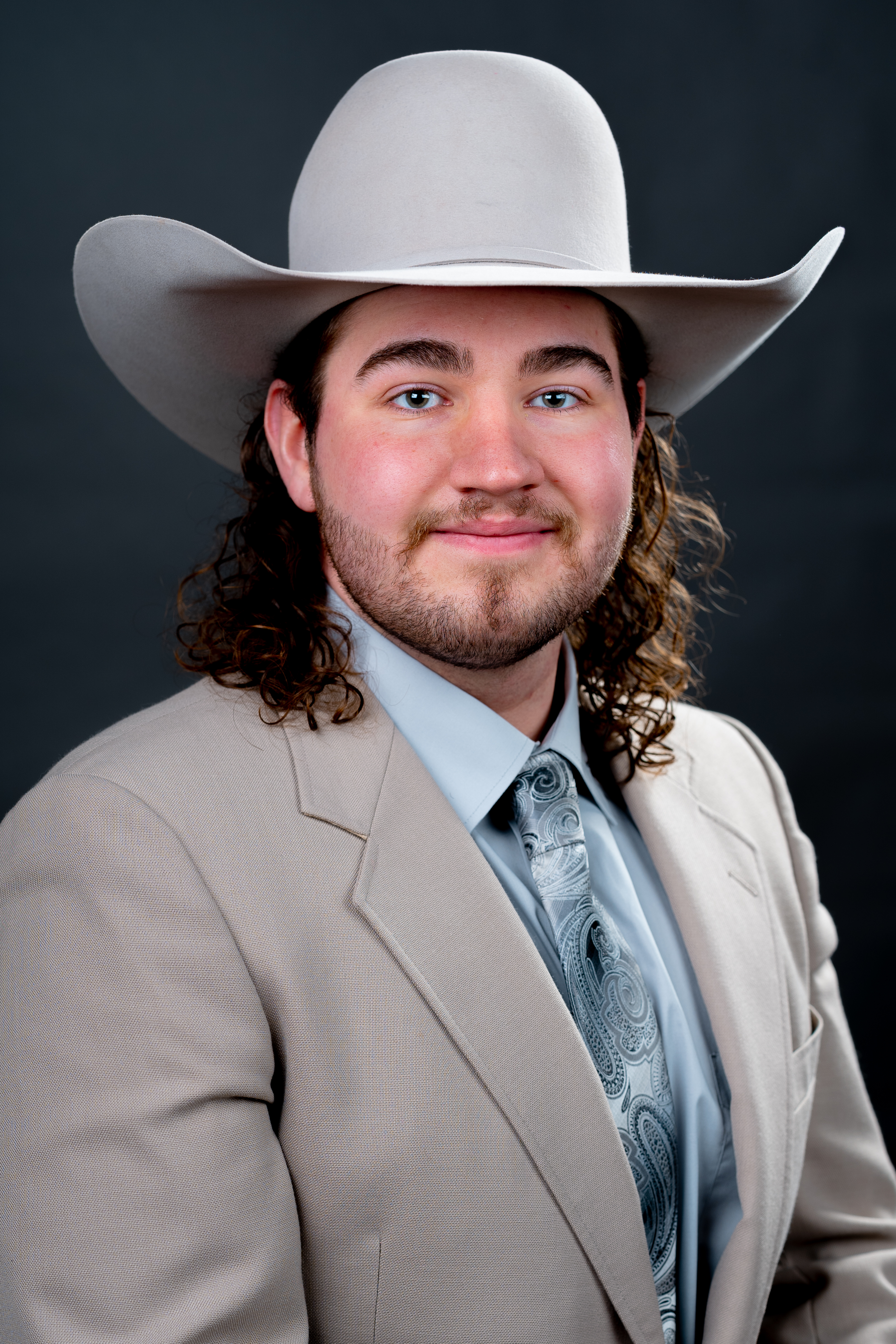By Connor Beims
Special to Tiger Media Network
Cows. Cows are the backbone of any cow/calf operation. Think about what they do. “Cows must produce a healthy calf every year that will pay for all of her groceries and part of yours,” says Dr. Steve Schmidt of Auburn University. But when cows reach the end of their productive lives they are culled and headed for the packing plant. That leaves a vacancy in the herd for new mothers, usually, replacement heifers. A hot topic of discussion is whether to buy or raise your own replacements. While raising your own replacements may save you money and lower your biosecurity risk, raising replacements may be a better option if you have the money and time to do it. It may not be financially viable for some smaller producers to raise replacements. Jason Cleere of Texas A&M Extension writes “Usually, small producers find that buying replacements is more cost-efficient because of economies of scale.” Small operations may not be able to dedicate the time and effort to holding back the previous year’s calf crop to sustain the demand for replacements.
Some may ask, “Well, how many replacement heifers do I need to keep each year?” Jason Cleere writes, “A good recommendation for how many replacement heifers are needed each year just to maintain herd size is around 30% of the heifer crop. On average this will come out to 5 heifers/year for a 30 hd herd.” So, you can see it will largely depend on the producer’s goals for the future.
When choosing replacement heifers some of the things you want to look for might include her birthdate, her weight at birth, how well she manages her body condition throughout the season, her temperament, and if she was treated for any diseases between birth and time of selection. One other important factor that should be considered is how well she will fit into herd development and for this, you will want to evaluate both your long- and short-term goals. What kind of genetics are you looking for? What kind of growth do you want to see within your herd? Are there any weak spots you want to look at adjusting? These may be some of the questions producers can ask themselves when thinking about herd development in both the long, and short term.
After you have your heifers selected it is time to intensely manage their nutrition. It is absolutely vital for your 1st calvers to be at a proper weight before breeding. This will help the mother grow a good 1st calf for you. Dr. Justin Waggoner of KSU Research and Extension says in the 2021 Winter Ranch Management Seminar, “the general rule is to have your heifers to 55-65% of their mature weight at breeding and 80-90% of that mature weight at the time of calving. This varies a great deal from operation to operation. One approach to achieving goal weight on replacement heifers is to start an aggressive nutrition regimen for 100 days aiming for the 1.5lb ADG and then tapering off the feed to .5lb ADG. Of course, you can do the inverse of this and start off feeding less feed at .5lb ADG until 100 days and then get more aggressive with your approach. The third and final way Waggoner describes growing your heifers is a straight-line approach. Feeding for a goal of 1lb ADG for 200 days.” These figures are on a 600 lb heifer with a 60% mature weight of 840 lbs.
One way to increase your feed efficiency and save you some money is to feed ionophores to heifers you want to breed. On average ionophores will cost you $0.02/hd/day making them very affordable. There are options when choosing an ionophore that will give producers options to find what fits in their budget. Two options are Rumensin and Bovatec. “Research done in Texas and Wyoming in 1977, and 1982 respectively, showed that heifers, when fed 200mg of Rumensin/hd/day reached puberty earlier than heifers without Rumensin in their diet,” writes Glenn Selk, an animal scientist at Oklahoma State University. When thinking about breeding your heifers, you want to think about when you want them to calve during the calving season. Most producers would probably argue that the earlier they reach puberty, the earlier they can breed. This will lead to an earlier calving date and result in a bigger calf and a more uniform calf crop when it comes time to sell.
In summation, producers should take care to pay close attention to the state of their cows throughout the production year and make sure to cull cows that aren’t as efficient as they once were. When replacing cull cows select heifers that meet your herd’s needs. Producers should look at the records of the mothers of replacement heifers when selecting from within the herd. If a producer opts for buying replacements via auction or private treaty, they should take caution in choosing vetted producers to buy from to avoid any biosecurity risk to your herd and be very selective when evaluating heifers to buy. Feed your cattle to their appropriate requirements to give them the edge when raising a calf and maintain that body condition score throughout the year. If correctly done, using all of these tools will help your operation to be a successful one.
Connor Beims, a 2018 Ulysses High School graduate, is a senior majoring in general agriculture at Fort Hays State University. He is the son of Mark and Alisha Beims, Ulysses.

